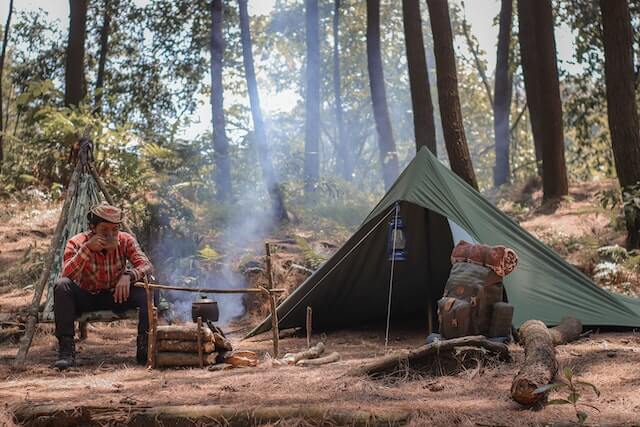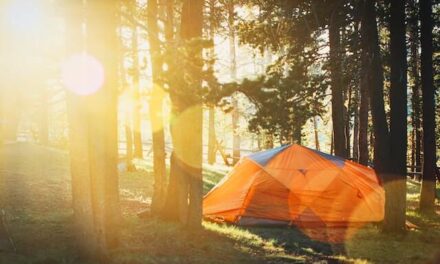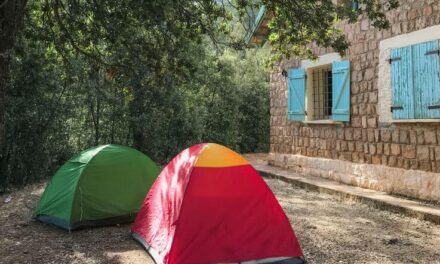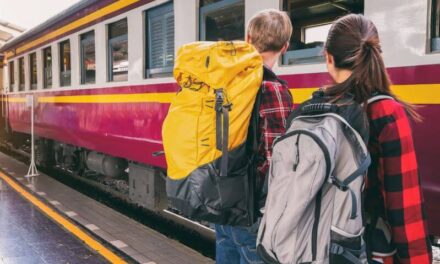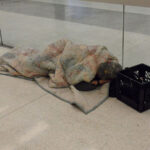Sleeping outside in cold weather scares most people. But when done right, you can be very comfortable. As I’m writing this, it’s the beginning of fall and Winter Is Coming. If you know that you’re going to be homeless through the Winter, now is the best time to prepare. Start by looking for a camp spot, and try your best to find something that’s stationary and away from everything.
Start with the essentials and nature
Before you go out and buy that Buddy Heater, invest in your sleeping bag first. Check the weather patterns for your location and look for the lowest average temps of the Winter. Buy a sleeping bag that will keep you warm in the lowest temps as seen here. I advise going with a down bag like the Hyke & Byke Eolus 0°F in the winter. It traps body heat much better than synthetics of its class, and it’s ultra-light at only 3 pounds. If you are truly stationary, meaning you know you’re not going to get swept throughout the winter, get the TETON Sports Celsius XL -25F degree sleeping bag. This is the bag that got me through last Winter’s polar vortex, which dropped local temps down to -28 degrees. This bag combined with a down bag and liner kept me nice and toasty that week.
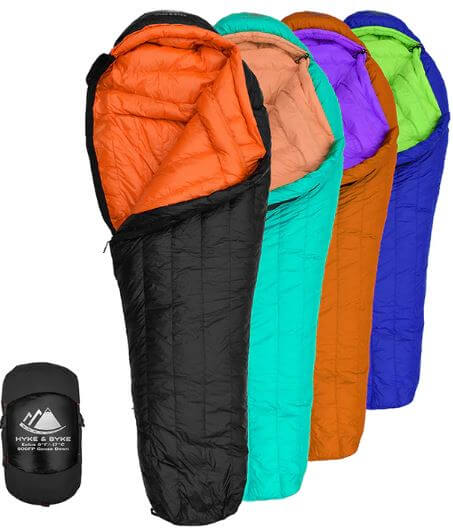
Get an insulated sleeping pad. This will keep the cold ground from sucking all of your body heat. You can place the pad inside of your sleeping bag to get you even warmer. I recommend the Ecotek insulated Hybern8. It has an R-value of 4.5 that keeps the cold from the ground off of you down to 10 degrees. It outperforms every bag in its class at a fraction of the price.
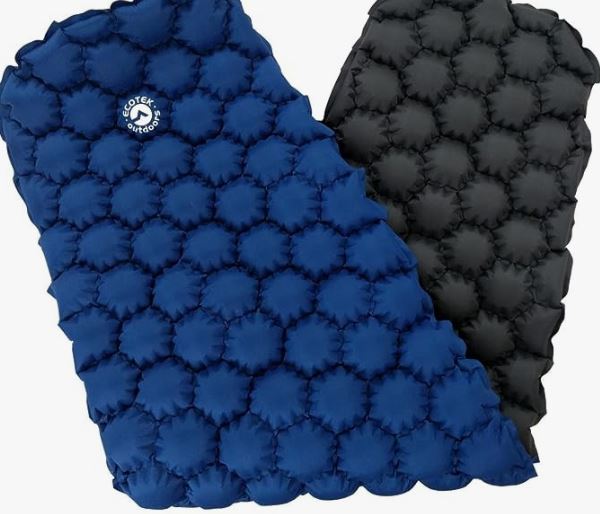
Insulate your tent. Remove the rainfly and attach a layer of reflective emergency blankets. This will help trap any heat inside the tent. Then add a layer of wool blankets on top of the emergency blankets. This will keep the cold from getting in. Add a wool layer inside on the floor. The heavier, the better. This will stop the cold from entering from the ground.

Use a sheet of Tyvek as a footprint. You’ve seen this material a thousand times. Almost every construction site uses it. It’s what keeps you warm when you are inside of a building. It helps to keep the cold from the ground out of your tent. You can cut it to the size of your tent if it’s too big.
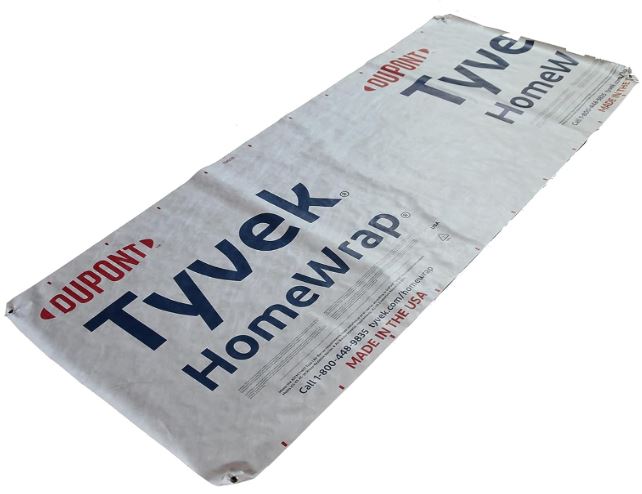
Buddy Heaters
Buddy heaters are a great option to use that maximizes your warmth. There are some safety precautions to take when using them. Never use a heater in your tent while sleeping. Buddy heaters should be used for short periods of time to keep you warm in conjunction with your gear. Like when you enter your tent from the cold before you go to bed, and when waking up in the morning. Never go to sleep with your heater on. Your gear should be doing most of the work, while the heater gives you that cozy feeling to top it off. As a rule, you should always have the correct gear to survive without a heater. The heater should be seen as a plus, not a necessity.
Thousands of accidental fires break out at encampments every year and propane heaters are usually given the blame. But I find that very hard to believe. Buddy heaters have a number of things that stop it from setting your tent on fire. First, it has a protective grill over the flame that sits inside the heater. Whatever is flammable would have to be inserted through the cage and into the heater. Secondly, the heater automatically shuts off if tipped over or if it doesnt have enough oxygen to burn the flame. It will not start if there is not enough oxygen in your tent. These features make it difficult to start a fire with the device. In my experience, most encampment fires start when people are on drugs, pissy drunk, or intentional.

The one mistake I see people making, however, is a big one. A lot of people don’t use a carbon monoxide detector. You must use a carbon-monoxide detector with a Buddy Heater. It’s not optional. Keep the windows open for ventilation. If you have insulated your tent, you are now responsible for air getting in your tent. Use a small 4-inch usb fan to bring air inside. Sit a fan two feet behind and above the heater to circulate the heat inside your tent.
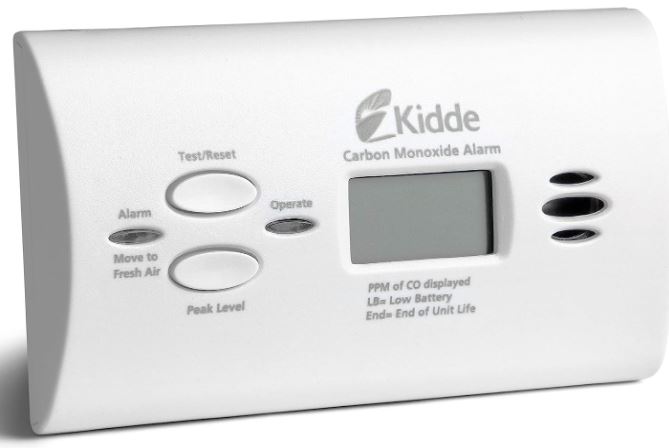
Clothing
What you wear to keep warm in your tent is very important. Wool is your best bet in the Winter. From head to toe, start with a good balaclava. A balaclava traps all the heat from your head and neck while you sleep, that would otherwise escape. The TAGVO Winter Knitted Balaclava is the warmest piece of headgear I have ever used. Wear a cheap down or synthetic jacket to trap your upper body heat. The Alpine Swiss Niko works great. Use thermals underneath your pants. Choose a good mixture of Merino wool for your gloves and socks.
Start preparing for Winter in the Fall. As you can see, it’s expensive to be poor. Stay toasty out there.
